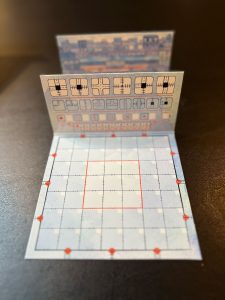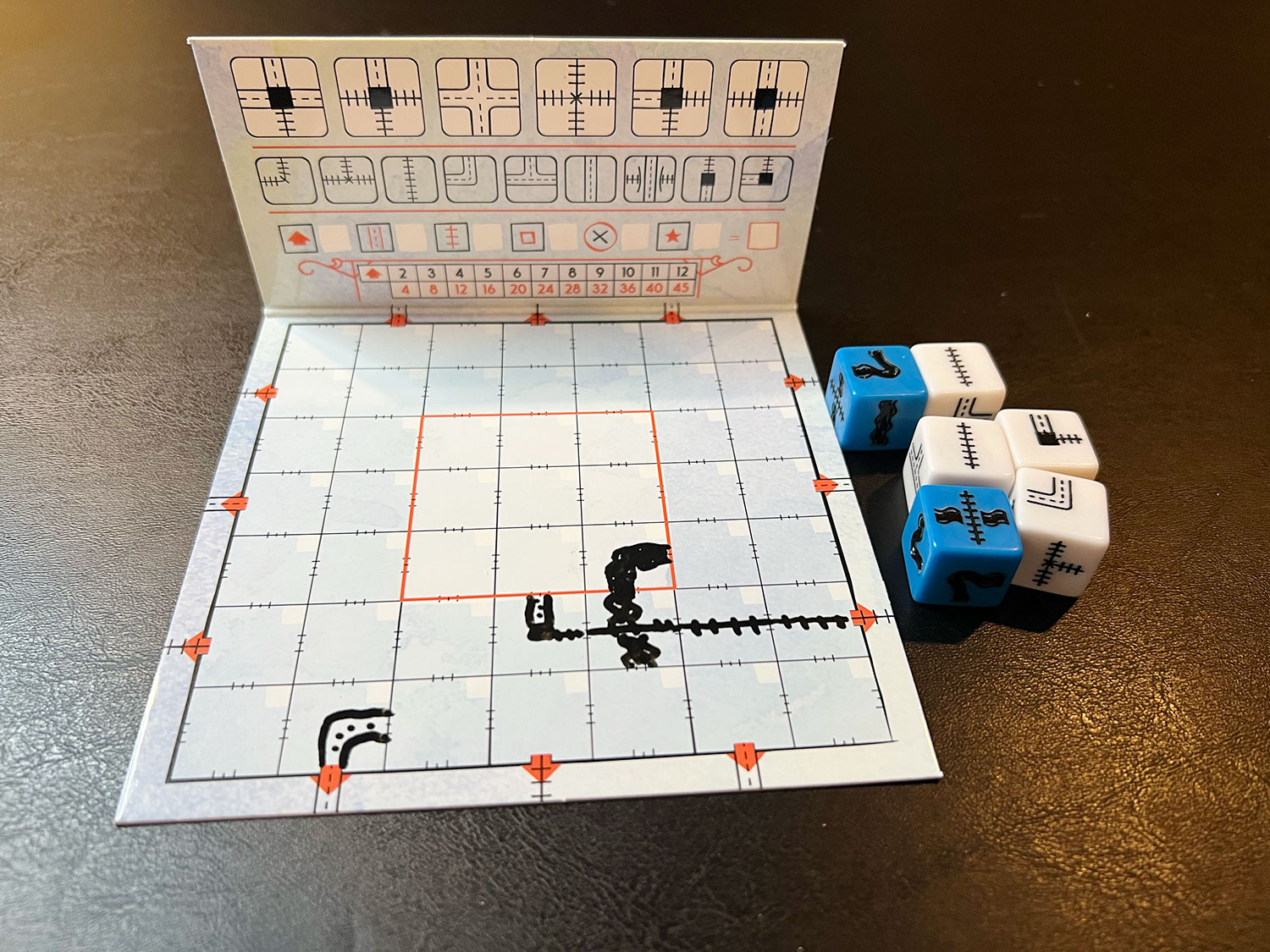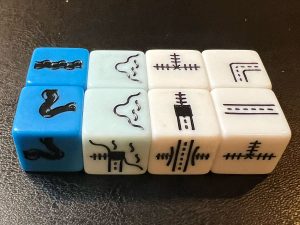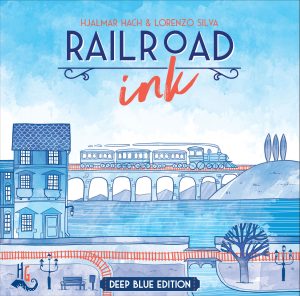 In the library world, there’s a guiding concept of a ‘Core Collection’. These are the items that all libraries, if they have the means, should try to have. The Core Collection helps librarians decide which book about French cooking from the 19th century is the most comprehensive, or which author wrote the best biography of Klaus Teuber.
In the library world, there’s a guiding concept of a ‘Core Collection’. These are the items that all libraries, if they have the means, should try to have. The Core Collection helps librarians decide which book about French cooking from the 19th century is the most comprehensive, or which author wrote the best biography of Klaus Teuber.
Now, for my own game library, I don’t usually bother myself with how well-rounded my collection is. I already have a dozen games about gardens and flowers, and if I see a new one with interesting art or mechanics I’ll likely add that one to my horde, too. But if there were a Core Collection for board games, what would be included? If we’re looking at games that best introduce specific game styles, or serve as the best gateways to types of mechanics, which do we choose?
I’m arguing for Railroad Ink: Deep Blue, the train networking game for 1-4 players, to be considered the core gateway game for the Roll and Write genre. Released in 2018, it has become a staple in many game collections and is a perfect modern classic for introducing the joys of rolling dice and squiggling down coordinating symbols to gamers far and wide. But what makes this game so essential?
Gameplay Overview:
The goal of Railroad Ink is to earn the most points after seven rounds of creating an efficient transportation network. Each player starts the game with a white board that has a grid printed on it to represent their personal network. For each round of play, the basic dice are rolled. Each dice face represents a different transportation feature that you have to draw onto the whiteboard grid to form your network. In order to place a feature it must connect to a matching exit along the edge of the grid or to a matching feature that you have already added. There are multiple scoring goals to work towards that are tallied at the end of the last round. Who connected the longest network? Who managed to fill in the most center spaces? The point tallying is the most stressful part of the game as you math your way into finding out who networked their way to victory.

The basic game of Railroad Ink comes in two color versions, like Pokemon games of yore: Deep Blue and Blazing Red. Each version includes expansion dice to help spice up the game by introducing new rule modules. Deep Blue includes the Scenic Lakes and the Rushing Rivers, some of the best in the game series. They’re excellent because they add new challenges without compromising the mechanics that most essentially make the game fun.
The River dice do not need to connect up to an existing exit like a standard feature, and they gain you bonus points for each section of the river that you’re able to connect up. The Lake dice award you points for connecting up the biggest lake possible, but take up lots of space. Both modules shorten the length of the game, and throw a wrench in how you can connect up the rest of the network. If you’re able to use the module dice well, you’ll rake in the points. If you take a gamble and don’t place them wisely, you’ll slow down your path to success.

Game Experience:
Railroad Ink is a Roll and Write in its most essential form. What I like most about this genre of games is that they’re usually portable, they challenge your strategic thinking, and the bulk of the tension of the game is tied up in the process. Railroad Ink ticks all of these boxes, and does so with a streamlined game system that’s easy to teach.
The small game box and whiteboards make this especially travel-friendly. I’ve taken it camping, played it in pubs, and love that I can toss it in my purse when I’m heading out for a game night. I have read complaints from people that the markers eventually dry out or that left-handed players struggle with smudging when they’re drawing their networks, but these haven’t personally come up as issues for me. The boards do eventually get dingy from repeated use and erasing, but a few dabs of rubbing alcohol or hand sanitizer clean them well.

The expansion modules in the Deep Blue edition are some of the best in the series for providing strategic challenges that don’t take away from the essential gameplay. Rivers and Lakes both require thoughtful consideration to execute well. While luck of the dice plays an important role, each player has equal access to those dice, making the placement choices they make individually all the more important. It’s easy to accidentally make one wrong placement that messes up your whole network. Some of the other expansion modules can feel too punishing, or too distracting from the main networking goals. Lakes and Rivers provide an extra layer of challenge while staying delightfully on theme.
Finally, a good final scoring in Railroad Ink: Deep Blue is incredibly satisfying in the way that the best Roll and Writes capture. Because your opponent’s networks are shielded, you won’t know how well anyone is doing until the last minute. Running through the different scoring goals, seeing where you are gaining points for successes and then losing them for errors, provides a nail biting final burst of energy in the game.
People who love Roll and Writes often enjoy that they’re low conflict, with turns filled with quiet and furious contemplation instead of combative ‘take that’ energy. Railroad Ink captures the spirit of this kind of tandem solo play and lets you revel in it. It’s not a table-flipping, friendship-ending kind of game, but instead, one that makes you want to play one more time to see if you can beat your high score.
Final Thoughts:
If you enjoy the Roll and Write genre, I’d argue that Railroad Ink: Deep Blue boils down all of the hallmarks of what makes those games great into one essential stew of quiet networking strategy. There are few games that better represent these mechanics. If there were a Core Collection for board games, I’d consider this one an essential choice.
Final Score: 4.5 Stars – What it does well it does nearly flawlessly.
 Hits:
Hits:
• Compact, well designed box that travels well}
• Included expansion modules allow for variety in play and challenge level
• Delightfully strategic gameplay with many pathways to victory
Misses:
• The components don’t have the longest shelf life: pens eventually run dry, and boards get dingy over time even with careful cleaning
• If you enjoy player interaction, this is not the game for you
Source: Board Game Quest





